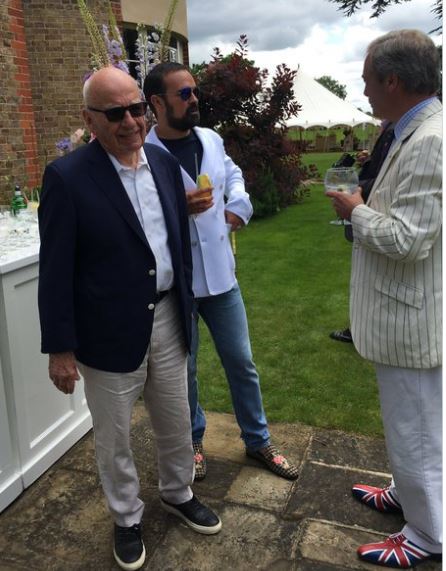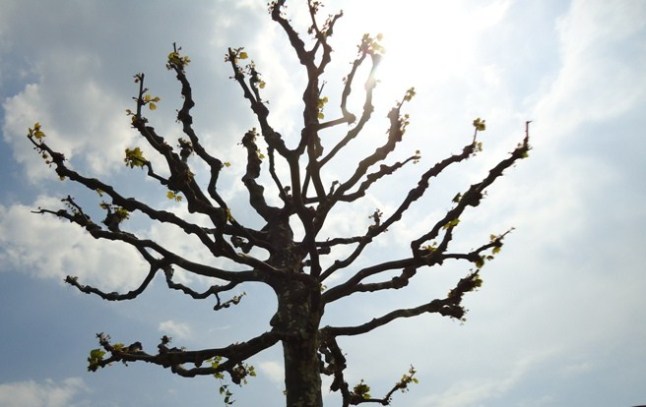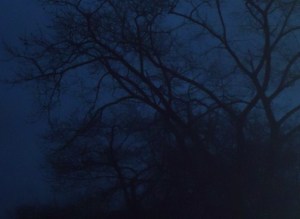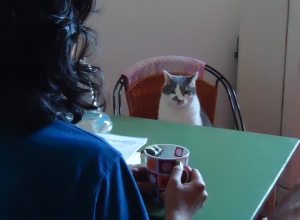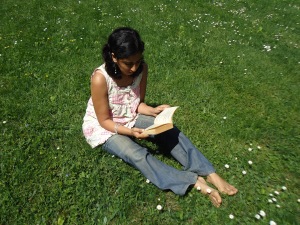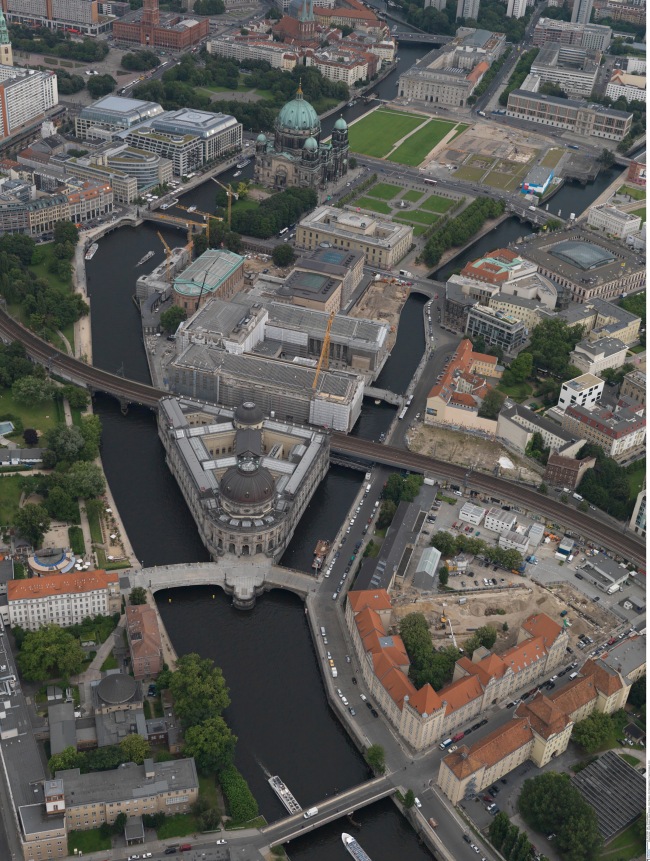
published in HOUSECALLS, June 2013
While India ‘develops’ at the cost of its heritage monuments and buildings, Germany has the opposite belief – that a nation and its people can only progress if they invest in their heritage. Anuradha Ananth, a Berlin resident and World Heritage Studies practitioner, looks at the German government’s involvement with the Museum Island (German: Museumsinsel) in Berlin, a UNESCO World Heritage Site. Severely damaged by bombs in World War II and then almost shut off to West Berliners by the GDR, this five-museum ensemble has risen from the ashes as testimony to German cultural pride, and its post-War and post-Wall identity.
The Spree river canal area in front of the three-winged Pergamonmuseum in Berlin is a site of slushy activity. Huge pumps are draining out the water from the canal and mud from its bed is being removed by ominous looking mechanised rakes.
A master plan adopted in 1999 by the Prussian Cultural Heritage Foundation, is to totally renovate and modernise the Museum Island area and turn it into a state-of-the-art cultural location by 2015.
How much more state-of-the-art do they want to make it when it’s perfect as it is, I wonder, as I make my way to the Neues Museum which is one of the five in the UNESCO World Heritage Site museum ensemble. My one-time 50-euro investment in a Berlin State Museums Classic Plus Annual Museum Card allows me endless entries to the permanent and temporary exhibitions in all the 15 state owned museums in the city. And every time I visit the Museum Island, I bristle with anger and feel pangs of sadness at how India treats and protects her heritage and antiquities vis-à-vis Germany, my adopted home for the present.
“The Museum Island, as part of the Berlin State Museums and a symbol of every German’s cultural pride, comes under the purview of the Prussian Cultural Heritage Foundation which celebrated its 50th anniversary in 2007. The foundation is funded by the Federal Government and all the 16 states in Germany. The administrative costs are divided between Government and states in a ratio of 75:25. From 2003 onwards the building budget has been provided only by the Federal Government. So, the reconstruction of the Museum Island is undertaken wholly by the Federal Government,” says Press Officer for the foundation, Birgit Jöbstl.
All five museums are at least over a century old. The Altes Museum (built 1823-30) houses classical antiquities – Greek, Roman and Etruscan, from broadly the 1st millennium BCE. The Neues Museum (1843-55) dazzles with a collection that spans the Palaeolithic and Middle Ages in Europe. It also has the Egyptian Museum with an impressive assortment of statues, reliefs and monumental pieces of architecture from different epochs of ancient Egypt from 4000 BCE to the Roman period. The Alte Nationalgalerie (1866-76) boasts one of the finest collections of 19th century Romantic, Impressionist, Neoclassical, Biedermeier and early Modernist art and sculptures.
The Pergamonmuseum (1901) gets its name from the 2nd century BCE Pergamon Altar, the enormous and stunning masterpiece in the museum’s main hall. It vies for your attention along with the equally massive Market Gate of Miletus (2nd century CE), the Ishtar Gate that includes the Processional Way of Babylon (575 BCE) and the Mshatta Façade (8th century CE). Finally, the Bode Museum (1904) is a light-flooded gallery containing Roman, Byzantine, Italian Renaissance, German Gothic and Russian iconographic art from the Middle Ages to the 18th century. It also has a stunning numismatic collection of 4,000 coins and medals from the beginnings of minting in the 7th century BCE right upto the introduction of the euro!
None of the five museums were spared during World War II. Severe bombing, fire and bullets destroyed nearly 70 per cent of the buildings. Old archive pictures of the destruction are shocking. Today, you can see the scars on the pock-marked columns of the Neues Museum and on the massive granite bowl at the entrance to the Altes Museum. As recently as 2009, bomb disposal experts unearthed and defused a bomb on the Museum Island. (Reportedly, Berlin city officials estimate there are some 4,000 unexploded pieces of ordnance still scattered across the capital.)
Post-War, the artworks of the museums were split between East and West Germany. With Museum Island itself falling in East Berlin under the German Democratic Republic (GDR), it became difficult for the Wessies or West Berliners to visit – it was not entirely inaccessible, but a chore to get permission to go to the eastern part of the city.
However, since the end of the War, reconstruction and restoration (often decades long) of the museums have been each successive government’s priority. What’s more, after the fall of the Berlin Wall, the museums’ collections have been re-united ! One by one, the five museums were restored and reopened, the last being the Neues Museum in 2009.
For heritage conservators, both architects and students, the reconstruction and renovation of the Museum Island ensemble is an outstanding example of adherence to the 1964 Venice Charter and the principle of ‘building in existing fabric’. Take the Neues Museum, for example. British architect David Chipperfield and his collaborator Julian Harrap clearly show the historical, original fabric of the brutally damaged building while integrating into it, seamlessly, the new building sections. You step into the entrance and gasp at Chipperfield’s language of architectural formalism merging beautifully with the dignity of Stuler’s late classicism! Such imaginative ingenuity, I think, as I take notes for a paper I will be presenting in Budapest soon on ‘Best conservation practices in India’. I am a little worried because I can’t find any solid examples that can be called ‘best’. The last time I was in India, some months ago, an INTACH official said to me bitterly, “India has far too many unresolved basic issues. Too much corruption, you know that. Conservation is no way a priority.”
Should these be the opening words of my presentation, I wonder, as I peer into the eyehole for visitors to see a simulated model of the Museum Island as it will look like some years from now.
The current reconstruction (2005-2015) is a one billion dollar effort being footed by the Federal Government. It will give the public access to all the museums through one promenade linking them all. There will be a central entrance, cafés and museum shops, and the financier of the (in)famous Amarna excavation, James Simon, will have a gallery named after him. Additionally, the gardens of the Alte National Gallery (located south of the Pergamon) will be transformed to look like they were in 1900.The fourth wing of the Pergamonmuseum will be completed by 2025.
I’m curious to know what the nitpicky German tax payer thinks of this enormous federal investment. So I ask two friends. One is Uwe Middel, an ex-East Berliner who worked on creating the vitrine where the main attraction of the Neues Museum, the 3,350 year old bust of Queen Nefertiti, is placed. The other is Volker Krah, a former West Berliner who works for the Federal Democratic Party, the junior coalition partner in Angela Merkel’s current government.
“Berlin itself stands on soft and sandy foundations, and Museum Island is surrounded by a river. The work that’s being done is to preserve the museum’s foundations. Plus remember how badly the museums were damaged during the war. Therefore, the money is well spent. The Museum Island is a symbol of great pride for most of us Berliners. Look at the number of international tourists it draws. Once completely renovated and modernised, it will be inundated with more visitors and the money invested will be recovered in no time,” Uwe tells me.
Volker echoes the same sentiment. “The Museum Island contains some of our most important museums with amazing collections. Money spent on its reconstruction will be earned back as the tourist inflow is tremendous,” he says. “Of the 4.6 million visitors to the Berlin State Museums in 2011, some 3.4 million of them visited the Museum Island. However, it is the Prussian Palace reconstruction opposite the Altes Museum which is a crazy idea. What for? I would have preferred to keep the Palace of the Republic (the GDR parliament), since it’s an architectonical icon and also a mark of our troubled political history.”
The average Berliner’s involvement and engagement with the heritage landmarks in the city is deep and highly impressive. World War II, their Nazi past and the flarings of the neo-Nazi mood even today, continues to keep Berliners vigilant. They care and voice and their opinions about what stays and what goes in their city. Also, Berlin is dotted with various and varied Jewish memorials, and exhibitions of the horrific years under the Third Reich are a regular feature. The ongoing reconstruction of the Museum Island is a metaphor for the rebuilding of the post-War and post-Wall German identity.
While former East and West Berliners may still look upon each other with condescension and be quite vehemently opposed in their opinions on issues such as gentrification of the former East or nostalgia for socialist times, they are certainly united in their pride over Museum Island.
You can totally empathise with that feeling. My feet always quicken in excitement as I approach the ensemble. It is not just their collections but also their architecture which is a visual delight. The buildings tower in testimony to the various approaches to museum design over the course of the 20th century. The architecture of each reflects the essence of the art it houses.
The complex was inscribed on the UNESCO World Heritage List in 1999 under the following criteria:
‘Criterion (ii): The Berlin Museumsinsel is a unique ensemble of museum buildings which illustrates the evolution of modern museum design over more than a century.’
‘Criterion (iv): The art museum is a social phenomenon that owes its origins to the Age of Enlightenment and its extension to all people to theFrench Revolution. The Museumsinsel is the most outstanding example of this concept given material form and a symbolic central urban setting.’
Yes, the central urban setting is quite dramatic. Located on a spit of land on the rippling River Spree in the heart of the city, the museum ensemble does take your breath away. Whether you approach it facing the grand Neoclassical facade of the Altes Museum or from the bridge across the Baroque and imposing Bode Museum, the visual impression is pretty overwhelming. And no matter how often you visit the museums, you never tire of their treasures.
At NeuesMuseum, it is the 14th century BCE Egyptian Queen Nefertiti who rules over the other exhibits. She gazes with hypnotic and inscrutable eyes (one a cloudy-milky white sans pupil) at the multitudes that flock to stand worshipfully before her. Lit most artfully to accentuate her exquisite bone structure and placed in regal isolation, the swan-necked, toffee-skinned, full-lipped Lady of Grace with her characteristic crown has been listed by Time magazine as among the Top 10 Plundered Artefacts.
For decades now, Cairo (led by chief Egyptologist Zahi Hawass) has been demanding the return of their cultural treasure which was unearthed by archaeologist Ludwig Borchardt of the German Oriental Company in 1912. It is widely reported that Borchardt diverted attention from the bust’s significance, even lied about some key facts pertaining to it, so he could spirit it away as part of Germany’s 50 per cent share of the dig. Since the 1920s, the beautiful Lady of The Two Lands (one of her many titles) indeed has been sitting imperially at the heart of a raging controversy between two lands: Egypt and Germany.
But it seems like the Egyptian queen is safer here in Berlin. Would she have survived the looting of the museum in Cairo during the Arab Spring, ask German officials who’ve insured her for US$390 million and placed her lovingly in a bullet proofed vitrine.
The ethics about the ownership of antiquities is a hot and oft debated topic in art circles and academia. Of course, there’s the camp that believes that objects must be returned to their country of origin. Then there’s the other, the one I belong to, which holds the belief that precious artworks must stay where they are safe and are exhibited responsibly and aesthetically, and which entice and are accessible to large numbers of people.
More than one million visitors came in 2012 to see just the gorgeous Nefertiti bust at the Neues Museum, which knows how to cleverly leverage its most valuable inhabitant.
The ongoing exhibition here (7 Dec 2012 to 4 Aug 2013), titled ‘In the Light of Amarna: 100 years of the Nefertiti Discovery’, had its 250,000th visitors on 21 March this year. The lucky couple from England were welcomed in person by Friederike Seyfried, Director of the Egyptian Museum and Papyrus Collection of the National Museums in Berlin. With objects from the collections of other Berlin museums and supplemented by loans from museums abroad, ‘In the Light of Amarna’ also has excellent and comprehensive interpretation materials.
These include interactive panels, copies of the exhibits which visitors can run their hands over for a tactile experience, Braille panels, excellent audio guides, well read and highly informed human guides, and access for the disabled. I remember the words of the legendary American journalist and conservationist Freeman Tilden, one of the first people to set down the principles and theories of Heritage Interpretation in 1957: “Through interpretation, understanding; through understanding, appreciation; through appreciation, protection.”
The Museum Island embodies all these principles. Everything you study and read about in academics can be seen translated and manifested in this magnificent site: pride in heritage, multi-stakeholder partnership in conservation, government-public-private efforts, and further awareness raising through constant communication, public relations and marketing.
Nora Epstein, in her 2004 essay ‘Heritage as an object and product of identity’ called heritage places lernorte or places of learning which make people sensitive to their multi-layered identities. But you can also see lernorte as places where one culture or people can learn from another on how to protect their own heritages and heritage monuments.
There are several lessons for India here. For example, it is tragic to see the way our famed and splendid Chola bronzes are displayed in the Tanjore Museum: poorly lit, badly manned and with almost no interpretative materials. It’s not that we lack the knowledge or the resources to take care of our antiquities and heritage places. The words of the embittered INTACH official come to mind. And then, I think of our artworks in the London museums. Stolen most surely, but nevertheless aesthetically displayed, well interpreted and certainly much better protected. It’s also very silly that people get pseudo-defensive and patriotic when efforts are made to share best practices, worthy of emulation, observed and brought back from other countries.
With this thought, I make my way through the lively and colourful flea market that springs up every Sunday by the path that borders the museums. Just a little ahead, directly opposite the Pergamonmuseum, are the modest digs of the Frau Chancellor Angela Merkel. The German Iron Lady practices the austerity she preaches at least when it comes to her security personnel. Just two sauntering idly outside her home! You can walk within an inch of them and they will smilingly wish you Guten Tag (depending on the kindliness of the weather, of course) without aggressively shooing you away from the property. There’s none of the Amma-worship or embarrassing sycophancy here. The government surely has its flaws, but when it comes to heritage protection and interpretation you can’t help but admire their patriotism towards their patrimonie, real in this case!
With these thoughts, I stand before the grand Apse Mosaic from Ravenna at the Bode Museum. Oftentimes I think that I spend hours in this particular museum because I love its architecture more than its collections. I love the way the natural light floods into its halls, particularly in the one where I am standing. From your viewing position before the mosaic, you look out of the window on your right and see the flowing river. You are standing on an ancient and historic spot. This is not just a UNESCO World Heritage Site. There’s far more to it!
Not far from here, in fact, in the southern part of this island was found the earliest evidence of settlements in this region. In a 2012 discovery, a wooden beam dating back to around 1192 CE and wooden house parts dating back to 1174 AD were unearthed. The town of Cölln was located on the southern part of this spit of land, then called Fischerinsel, first mentioned in a 1237 document. The town of Berlin, mentioned in a document from 1244, was located across the Spree in what is now called the Nikolaiviertel. Both towns merged in 1307 and came to be called Berlin.
It is befitting that the five great monuments dedicated to high culture and humanity should rise like phoenixes on this hoary ‘cultural landscape’ – defined by UNESCO’s World Heritage Centre as “cultural properties … represent[ing] the combined works of nature and of man”.
This is one island you would gladly be stranded on.


